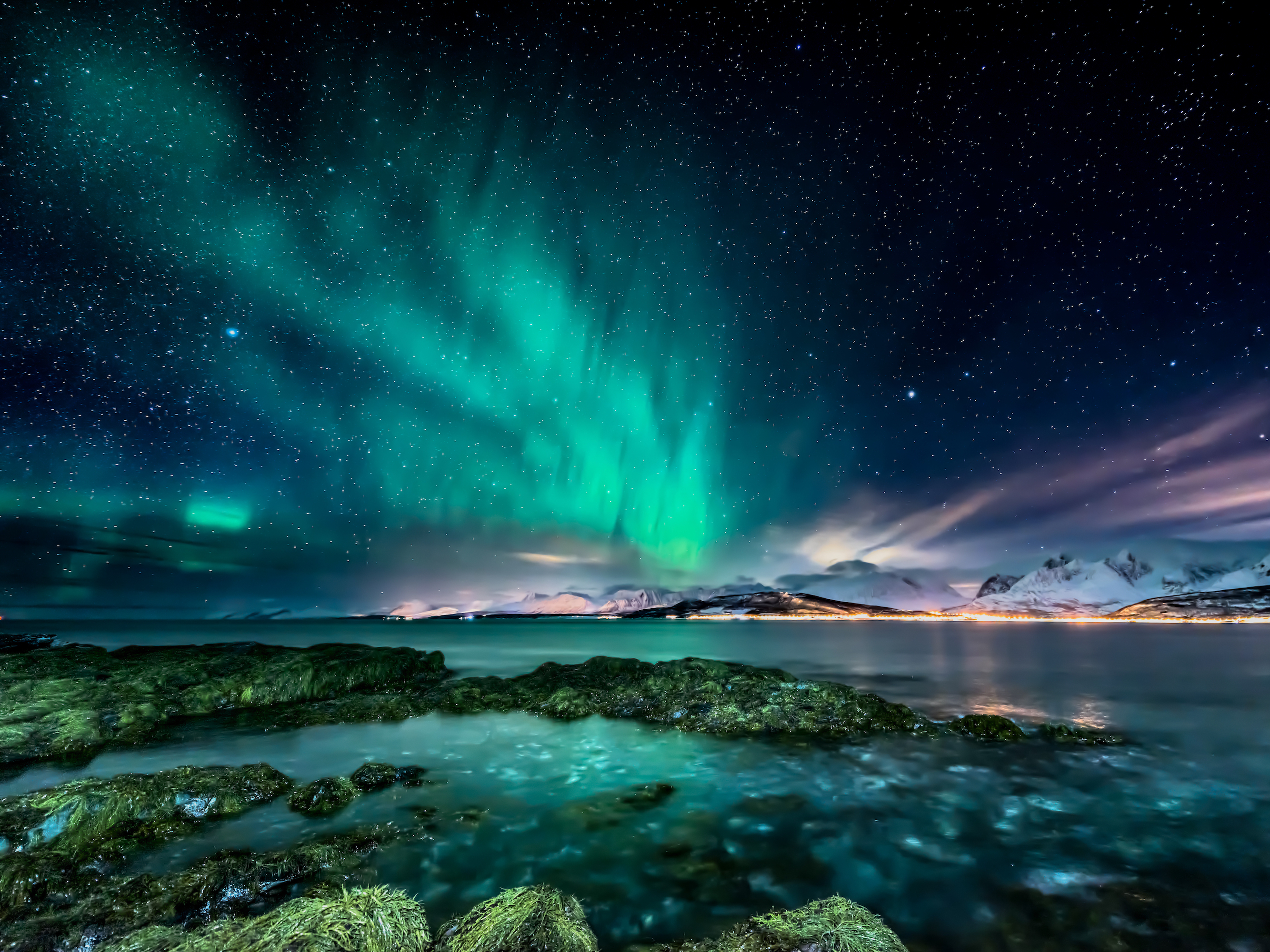- Bioluminescent nature can be found all over the world.
- Some of the glow-in-the-dark spots are illuminated as result of glowing plants, like parks with ghost fungus in Australia.
- In parts of Japan, you can find shrimp and fireflies that create natural neon light.
- And in New Zealand, you can see glowworms lighting up caves.
- Visit INSIDER’s homepage for more stories.
When planning a trip, you’re likely to schedule outdoor sightseeing activities during the day. But in some places around the world, the best times to experience nature are at night.
Bioluminescence, a chemical reaction that creates light, can be seen naturally in destinations all across the world. Some places glow as result of bioluminescent animals like shrimp and fireflies, while others are illuminated thanks to bright plants.
From Norway to Australia, these are some of the naturally brightest places around the planet.
Glowworms are responsible for the bright-blue hues that stream through New Zealand’s Waitomo Caves.

Unique to New Zealand, these bugs are a distinctive breed called Arachnocampa luminosa. Technically, as a BBC article from 2016 points out, these creatures aren’t worms but rather the larvae of small gnats that feed on fungi.
Visitors can see the bugs while taking a boat ride through the caves.

Tourists can expect boat tours to be a serene and quiet experience, according to Waitomo's website.
"Blue tears" illuminate the ocean along the Matsu archipelago in Taiwan.

The glow comes from noctiluca scintillans algae, a type of dinoflagellate plankton, according to a 2018 study published in the Marine Pollution Bulletin. The report specifically found that the algae's bioluminescence is affected by multiple factors, including temperature, wind, and water levels, in the Matsu islands.
The algae becomes visible as water moves, and only glows for for a brief moment.

According to Lonely Planet, the glowing algae is especially visible during warm seasons. June, July, and August are the ideal months to visit, while the glow can also be spotted in April, May, and September.
In the forests of Australia, fungus can glow brightly.

Omphalotus nidiformis is widely known as ghost fungus, and commonly sprouts in southeast Australia, according to Atlas of Living Australia.
Scientists understand how the fungus glows, but aren't sure why it happens.

An enzyme called luciferase is responsible for creating light within the fungus, but, according to the Guardian, scientists aren't sure of the ecological reason why the species utilizes bioluminescence.
Okayama, Japan, is also home to bioluminescent creatures that illuminate the water and rocks.

But they don't light up on their own. Small, bioluminescent shrimp, which are often referred to as "sea fireflies" or umi-hotaru in Japanese, create the blue hues, according to the Japan times.
Read more: 49 mesmerizing photos of the most colorful places on Earth
The glow is strongest when created by large groups of shrimp.

According to Colossol, the shrimp generally measure three millimeters long, and are difficult to spot on their own. But, when arranged in large groups, they can briefly light up the rocks and water of Okayama.
In multiple Japanese forests, fireflies brighten the night sky.

The insects emerge during Japan's rainy season in June and July, according to See Japan, and are found "in peaceful places with rich nature and clean water."
More than 45 types of fireflies can be found in Japan, and only 14 of those species are known to glow - the Heike and Genji fireflies are most commonly seen. They are said to glow the brightest at night.
The fireflies can be viewed in Japanese cities like Niigata, Aomori, Tokyo, and Hokkaido, according to See Japan.
Fireflies are considered to be a significant part of Japanese culture.

Fireflies may be seen as a sign of summer in Japan, but they are also said to hold significance for another reason. According to a ThoughtCo article by Japanese language teacher Namiko Abe, the fireflies' lights are "thought to be the altered form of the souls of soldiers who have died in war."
The Northern Lights, or aurora borealis, brighten up the night sky above Norway. Here's the view from Tromsø.

The Northern Lights are produced when gusts of charged particles released from the sun collide with gaseous particles in Earth's magnetic field, causing atoms in the atmosphere to glow. The color of the aurora varies depending on the type of gas particles that collide.
You can also view the lights from Alaska, Iceland, and Canada, among other places.

With many people hoping to glimpse the Northern Lights, there are a number of accommodations designed for viewing the aurora borealis.
- Read more:
- 19 breathtaking photos of the Grand Canyon that will make you want to drop everything and visit
- 25 photos of the best destinations in Europe for 2019
- 13 photos that will make you want to book a flight to Brazil immediately
- A lake in Australia has turned cotton-candy pink thanks to a natural phenomenon
